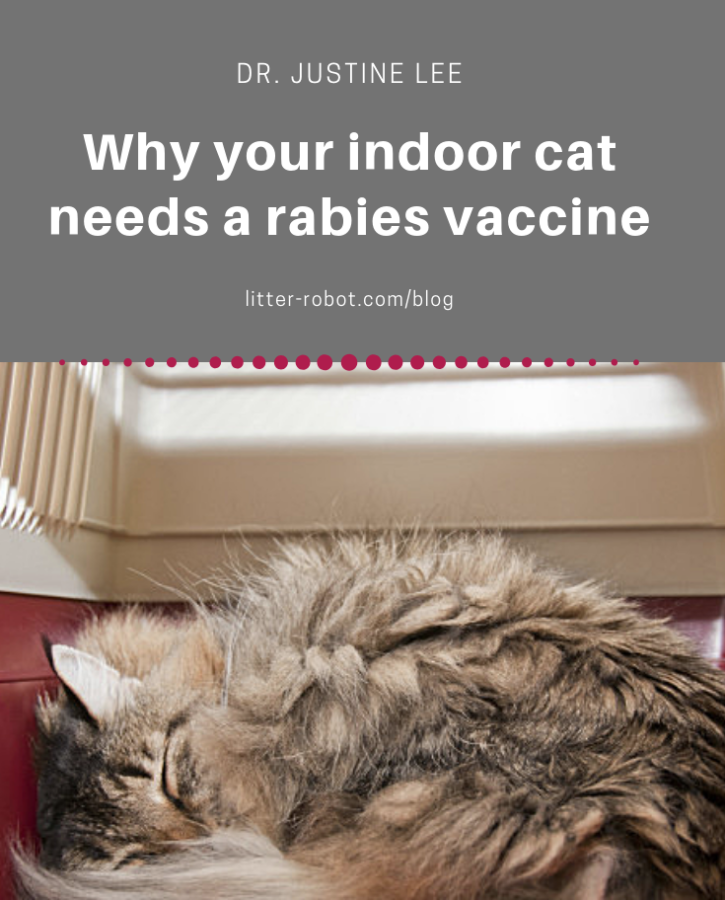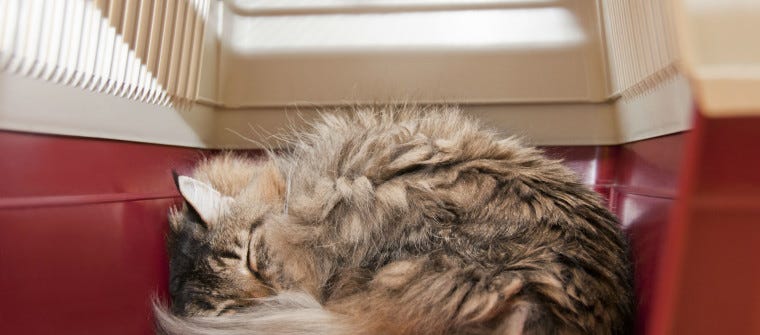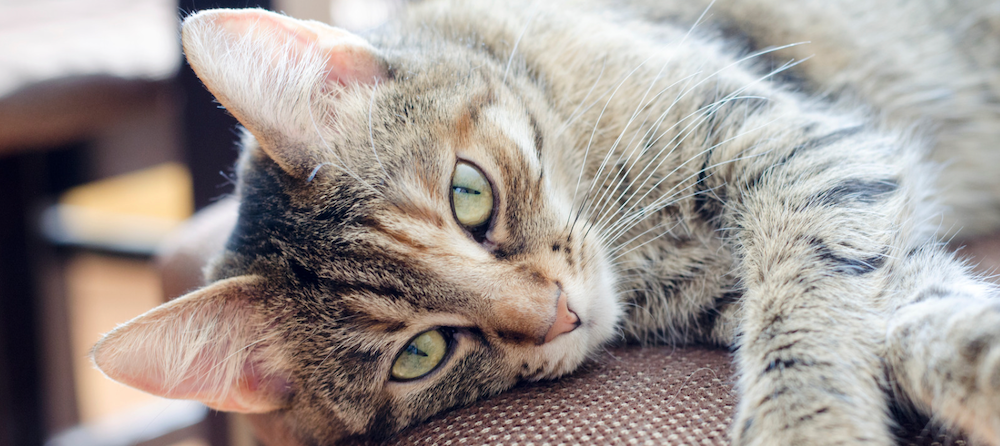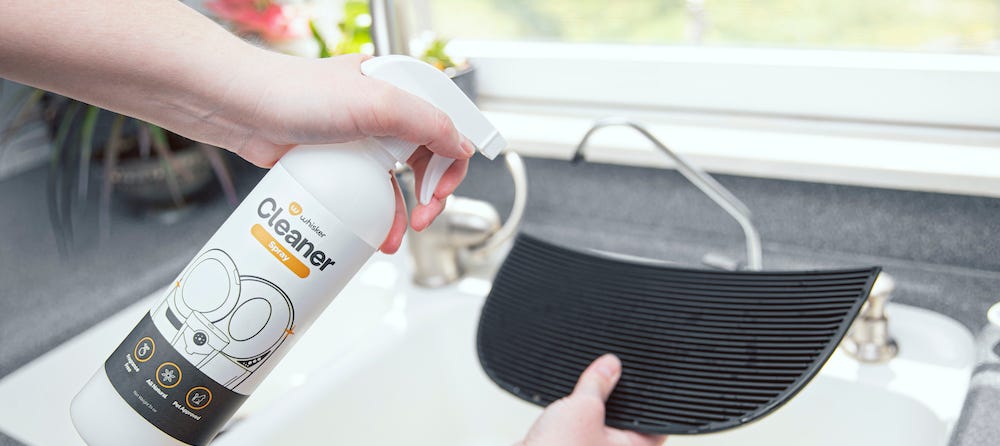As a veterinarian, I usually advocate for keeping cats indoors. That’s because it’s safer for your cat (and the wildlife outside). My own cats are indoors, but occasionally escape out the back door. So, even if your cat stays inside 90% of the time, does he still need a rabies vaccine? Absolutely. Here’s why the rabies vaccine for cats is critical.
First, what is rabies?
Rabies, a lyssavirus in the Rhabdovirus family, is highly contagious to all mammals (including humans), and is pretty much 100% fatal once clinical signs develop. That said, it is completely preventable with a vaccine.
How does an animal get rabies?
Any mammal can be exposed to rabies through exposure to saliva (via wounds or bite wounds) of a rabid animal; the virus is then introduced to the tissue. Unfortunately, animals can incubate rabies within their body for several weeks to months without showing signs.
If you stay up on the news, you’ll likely remember a woman who visited India on a yoga retreat and was bitten by a puppy, only to die of rabies several weeks later once she arrived back in the United States. This puppy was likely carrying rabies for several weeks, but may not have developed signs of it yet, exposing everyone who went near it.
What are the signs of rabies?
Signs of rabies typically occur within 3-12 weeks of bite exposure. Once symptoms develop, death is typically seen within 1-10 days. Signs of rabies include:
- Abnormal behavior
- Walking drunk
- Neurologic signs
- Disorientation
- Hypersalivating/Drooling
- Not eating
- Dilated pupils
- Difficulty swallowing
- Lethargy
- Weakness
- Having a head tilt
- Aggression
- Loss of fear or inhibition (wildlife)
- Abnormal meowing or vocalization
- Paralysis
- Seizures
- Tremors
- Death
So, why does your indoor cat need a rabies vaccine?
It’s the law
First, depending on what state you live in, it’s state law. This is to help protect you and other people. The rabies prophylaxis (e.g. post-exposure rabies vaccine for cats) may vary depending on if your cat has a protective rabies vaccine (and certificate). More importantly, some states may have very strict rules that if your cat bites a human and is not up to date on vaccination, it may require a 6-month quarantine—or even euthanasia. And being that rabies is almost 100% fatal and spreadable, your state laws are very strict on this.
There’s no good test for rabies pre-mortem
There’s no accurate test for rabies in the live animal. The only test can be made post-mortem—because the test for rabies is done by tissue analysis of the brain, which requires euthanasia and an autopsy. The rabies test is done via an immunofluorescence microscopy test on fresh brain tissue; it typically takes several days to receive results.
Your cat can still be exposed
While indoor cats aren’t exposed to as many infectious diseases, such as panleukopenia or Feline Leukemia (FeLV), your cat can still potentially be exposed to rabies. Rarely, we hear of rabid bats or wildlife getting into the attic or house, exposing both humans and our four-legged family members.
How do we treat rabies?
Unfortunately, there is no cure or antiviral rabies drugs available to treat rabies, even in human medicine. Once a cat is showing signs, euthanasia is typically mandated due to the requirement for testing and risk of exposure to other animals or people. In human medicine, there is one reported case of a young girl from Milwaukee, WI, who survived rabies after being induced into a medical coma (now called the “Milwaukee protocol”).
What’s the prognosis for rabies?
The prognosis is poor, as there is no effective treatment once clinical signs develop—in both human and veterinary medicine. This is why vaccination and prevention is so important!
How do I prevent my cat from getting rabies?
There are several things you can do to protect your cat from this deadly virus. The most important thing is to keep your cat up-to-date on the rabies vaccine—don’t even let your cat go one day beyond the expiration date of the rabies certificate, as it voids it. Secondly, by keeping your cat indoors, you minimize the risk. Third, prevent unwanted wildlife from entering your house by working with pest control companies, making sure you have a cap on top of your chimney (to prevent wildlife from getting in), and having secured screens on all your windows. Lastly, prevent stray or wild animals from coming onto your property, by not feeding wildlife and by calling animal control to remove stray animals from your neighborhood when observed.
If a human or pet is ever bitten, they should promptly wash the wound and seek immediate medical attention. With any suspected rabies exposure, your local health department should be contacted immediately.
When in doubt, talk to your veterinarian about which vaccines your indoor-only cat needs. For more information on the rabies vaccine for cats, visit the Compendium of Animal Rabies Prevention and Control guidelines.









